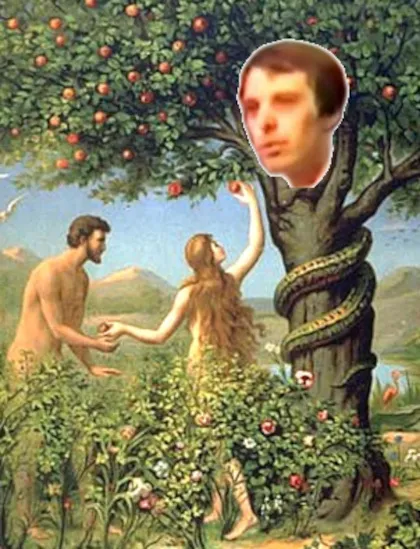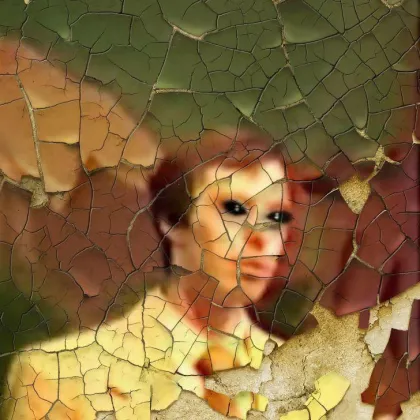Addressing Charles Weisman’s What About the Seedline Doctrine? Part 1, Fruit in the Garden of Love

Addressing Charles Weisman’s What About the Seedline Doctrine? Part 1, Fruit in the Garden of Love
Most of this program was extemporaneous, however I did prepare some notes in advance which address points in Weisman’s book, with which I have contentions and which I thought were significant enough to present here. So those notes shall be included below in the form in which I wrote them. A PDF copy of Weisman’s book, which we obtained from the Internet Archive, is also linked below.
Introduction:
Here we are joined by Truth Vids, where we shall have a discussion of many points addressing aspects of the book: What About the Seedline Doctrine? A Biblical Examination and Explanation of the Cain-Satanic Seedline Doctrine by Charles A. Weisman. The copies available on the internet are all missing pages 2 and 3, so I do not know what Weisman wrote under the subtitle “The Basis of the Satanic Seedline Doctrine”. Looking through Clifton’s library for a copy, which there is a very good chance that he has, I have not yet located one. Today, most of our discussion will be limited to the second chapter of Weisman’s book, which is subtitled “A Scriptural Analysis”. Once we see some of Weisman’s arguments and methods of analysis, I am certain we shall find that he failed to answer the question in the title of his book.




























 Please click here for our mailing list sign-up page.
Please click here for our mailing list sign-up page.







